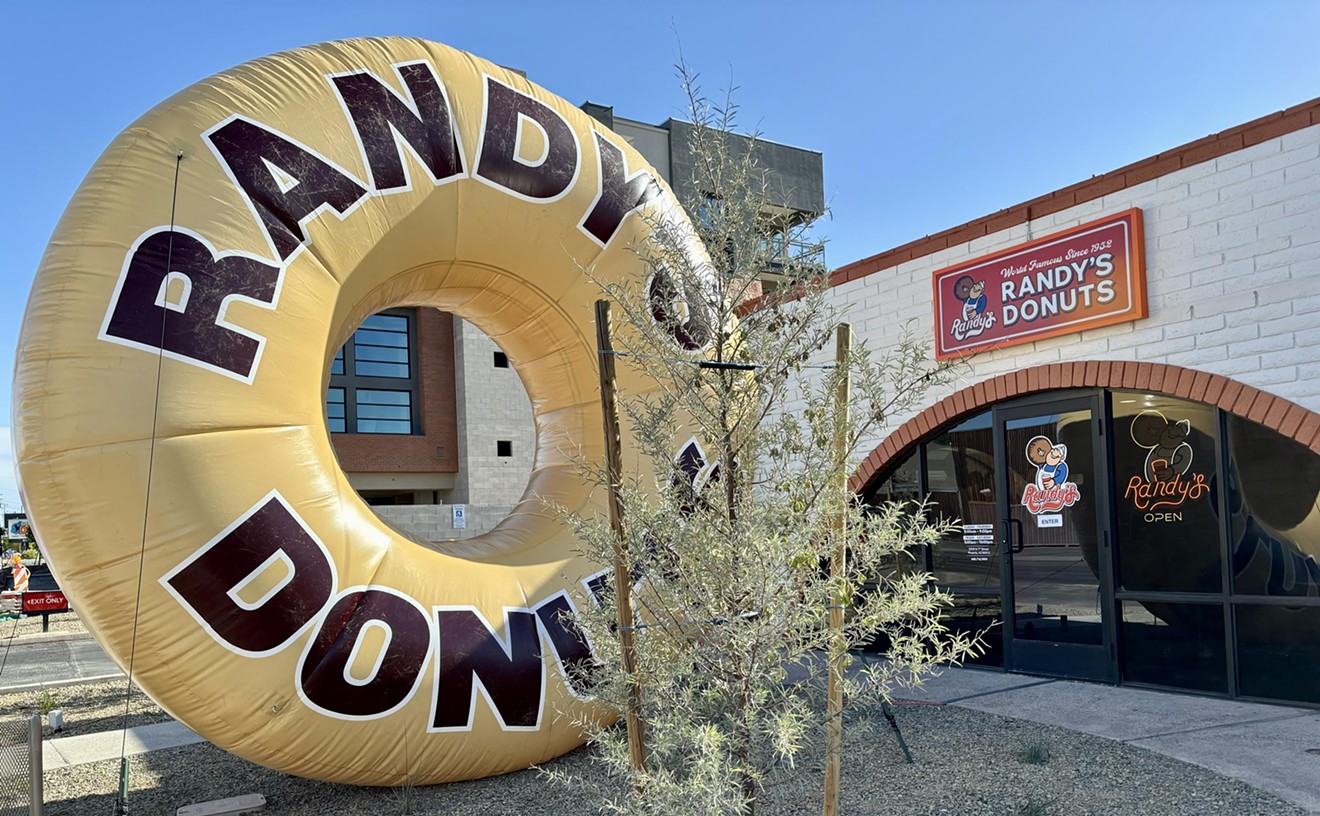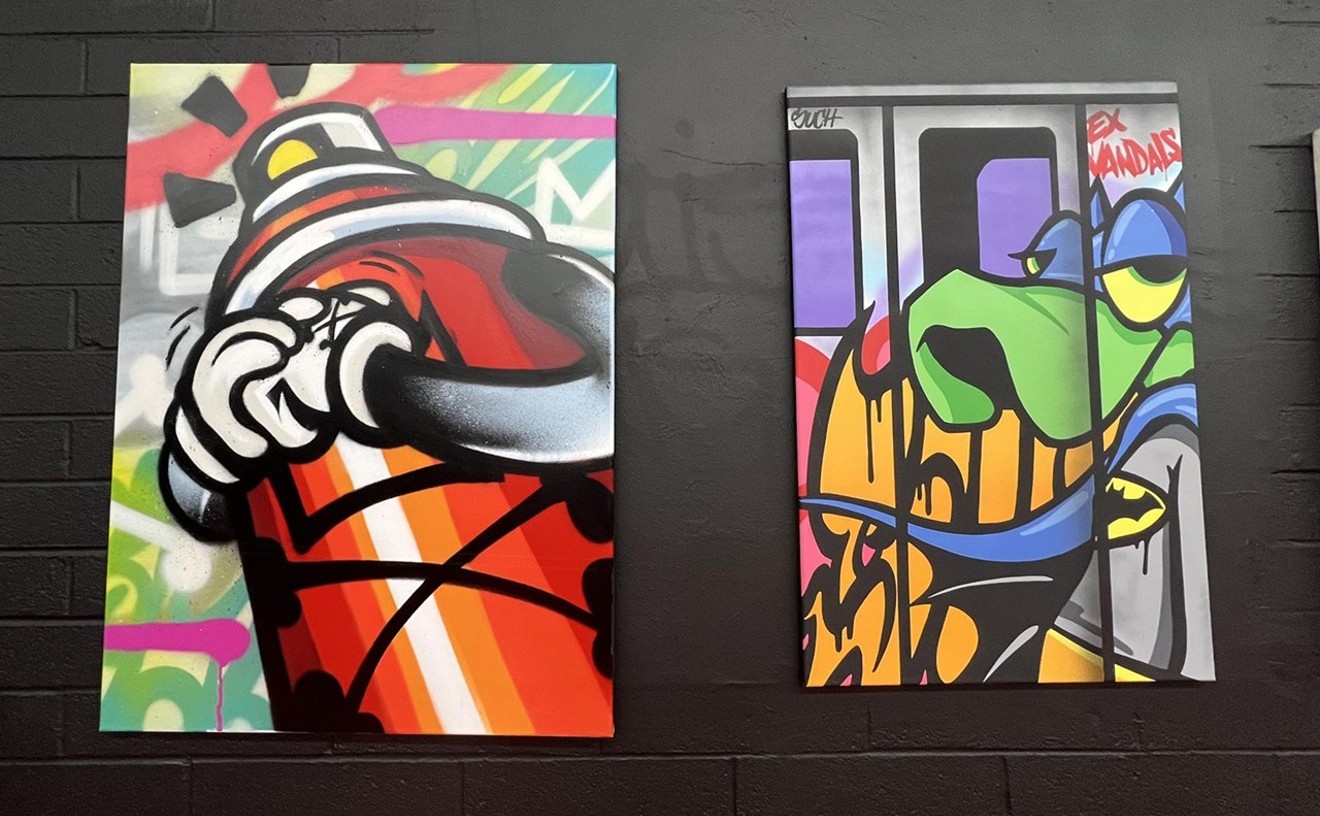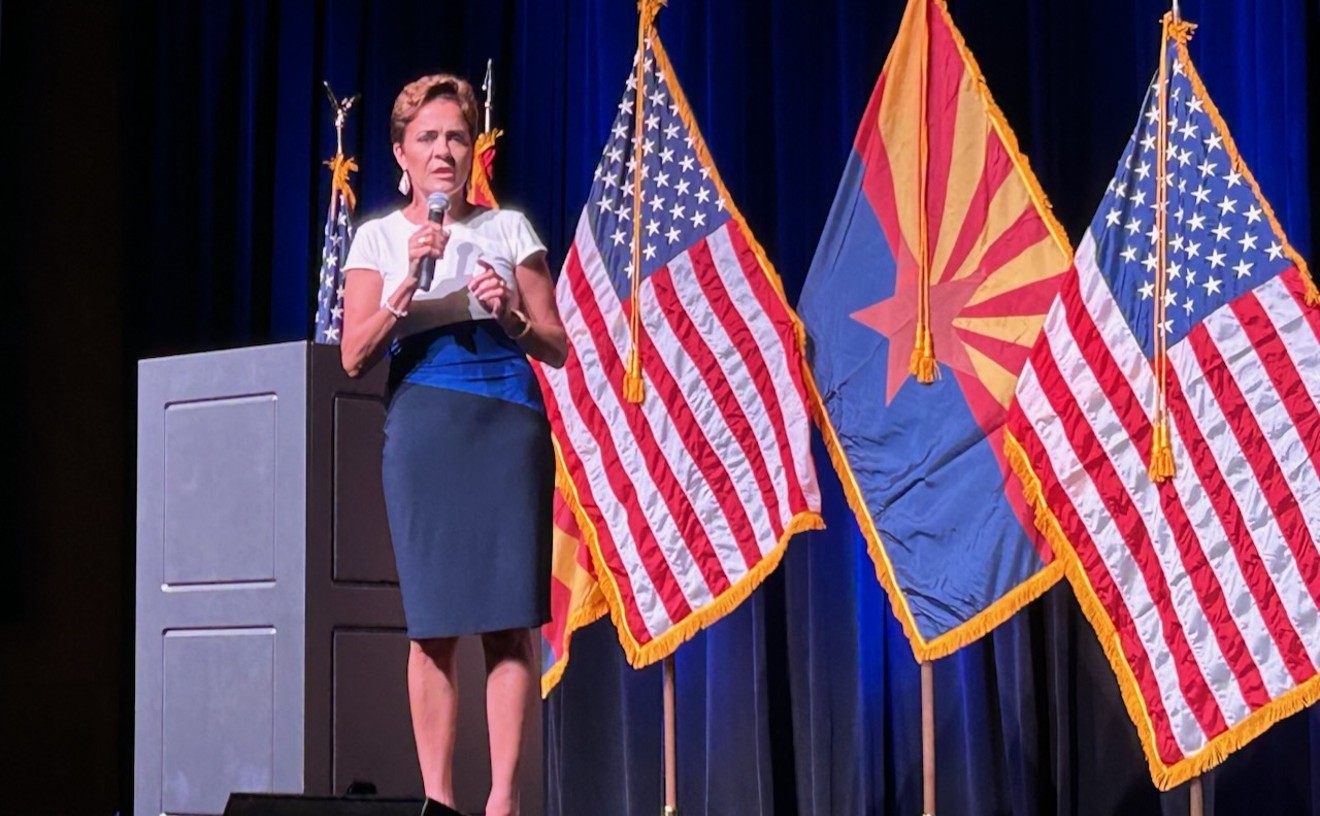Ballot Measure 9, which chronicles the rise in antigay violence in Oregon during the contention over 1992's antigay-rights Measure 9, won the Audience Award at Sundance this year, and it's not hard to see why. It's a great, blood-stirring audience movie.
For those who may not remember this particular obscenity on the part of the religious right, Oregon Ballot Measure 9 was a surprisingly frank attempt to legalize discrimination against gays and lesbians. Unlike other anti-civil-rights rhetoric, it was almost refreshingly open and unhypocritical in its hatred.
It sought not only to prohibit laws protecting gays and lesbians from discrimination, as a similar measure in Colorado did the same year, it also hoped to declare homosexuality "abnormal, wrong, unnatural and perverse" and to require that this belief be taught in the public schools.
The simplicity of which Mabon speaks is similar to that of a great melodrama. Even so, the film, plainly partisan and supportive of gay rights, doesn't feel like propaganda. Throughout the film, MacDonald cuts to Mabon and to the other supporters of Measure 9, letting them have their say. They incriminate themselves as old-fashioned, mustache-twirling heavies every time.
An anonymous caller to the answering machine of a gay activist group babbles and giggles like Dwight Frye: "You guys are fuckin' dead, you're dead, you're fuckin' dead, hee-hee-hee, yoooouuuu--cocksuckers!" He then closes with an endorsement: "OCA rules, by the way, you pieces of shit!"
Inevitably, Mabon insists that this sort of antigay terror, and worse--during 1992, Portland's reports of antigay violence surpassed those of Chicago, New York, Detroit and San Francisco--was perpetrated by the gay activists themselves as "a media tool." But even if this assertion were true, it couldn't account for the litany of unembarrassed hatred that MacDonald captured in on-camera interviews. Consider the slow-spoken kid who asserts, "It's totally different when you're beatin' up a gay person than when you're beatin' up a total citizen."
Then, to be conciliatory, he adds: "I don't take their money. I just beat 'em up, make 'em hurt, make 'em think."
A dopey-looking blond guy suggests a separate state for gays (rather generously, he recommends Illinois) on the grounds that "everyone's gonna be gay, and the little kids are gonna grow up and see 'em bein' gay and they're gonna want to be gay. But if we just keep 'em off the streets, they're gonna grow up and wanna be like us."
My own favorite, however, was the guy exiting the polls who tells the interviewers why he voted for Measure 9. "About the time that somebody tells my kid that it's okay ... my boy, that is ... that it's okay to suck cock, I'm gonna kill the son of a bitch."
On a less obviously brutish level, Measure 9 waspushed with the usual batch of lies that tends toattach itself to any anti-civil-rights measure. Thecatch phrase was "no special rights," the implication being that ordinary civil rights protections were more than gays and lesbians were due. There was also an odious, concerted effort to create a false link in the voters' minds between homosexuality and pedophilia. Horribly enough, it worked: The largest bloc of voters in favor of the measure were people between the ages of 30 and 44 with school-age kids. (Heartwarmingly, those older than 60 made up the largest group voting against the measure.)
The cinematic power of all this is its relentlessness--the relentlessness of the gay-bashers, the relentlessness of the gay (and many straight) activists who opposed them, and the relentlessness of MacDonald's presentation. Her techniques are conventional: interview footage and news-style footage, with superimposed titles counterpointing (sometimes contradicting) what the speaker is saying.
She presses her points gently, but she never stops pressing them. Every time you start to feel suspicious of the film's partisanship, she rakes up some new ugliness from the muck, throws it down in front of you and you see that the film's sympathies are unassailable.
The film's power as a great, true-life political melodrama comes from the sort of exhilaratingly clear-cut morality that one rarely finds outside themovies. The measure's backers seem like villains because they are villains; the measure's opponents look like heroes because they are heroes. They defeated this attempt at a homophobic coup through courageous defiance of terror tactics.
And, as always in melodrama--and in life--evilisn't destroyed at the end, just foiled for themoment. Sadly, Ballot Measure 9 is an audience movie that will surely have a sequel.--M. V. Moorhead
Ballot Measure 9: Directed by Heather MacDonald. Unrated. (At Valley Art Theatre in Tempe.)










